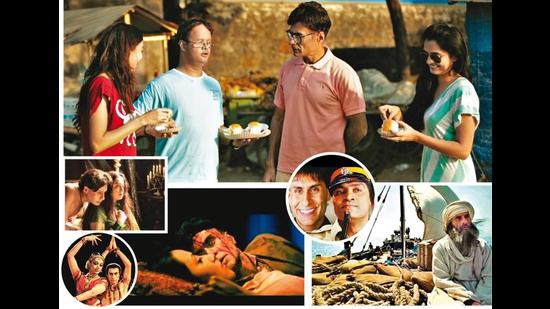Arif Zakaria: Undervalued / underutilised?
Dinesh Raheja
May 30, 2021 07:04 AM IST
In this hyper era of visibility, if you aren’t seen somewhere everyday, people assume you’re dead, says the critically-acclaimed actor
OTT platforms can’t seem to get enough of Arif Zakaria these days. He has played the role of Pandit Jawaharlal Nehru in not one but two web series, Hutatma (2019) and 1962: War In The Hills (2021). He is also playing the lead role in the web film, Ahaan, and the antagonist in Deepa Mehta’s web series Leila as well as in Qubool Hai 2.0.
![Arif says the [show] business today is driven by social media and paid publicists Arif says the [show] business today is driven by social media and paid publicists](https://images.hindustantimes.com/img/2021/05/30/550x309/d950bb8a-bf1f-11eb-a02f-b8472ed09407_1622338479720.jpg)

Are you a cricket buff? Participate in the HT Cricket Quiz daily and stand a chance to win an iPhone 15 & Boat Smartwatch. Click here to participate now.
Catch your daily dose of Fashion, Health, Festivals, Travel, Relationship, Recipe and all the other Latest Lifestyle News on Hindustan Times Website and APPs.
Catch your daily dose of Fashion, Health, Festivals, Travel, Relationship, Recipe and all the other Latest Lifestyle News on Hindustan Times Website and APPs.
Share this article





